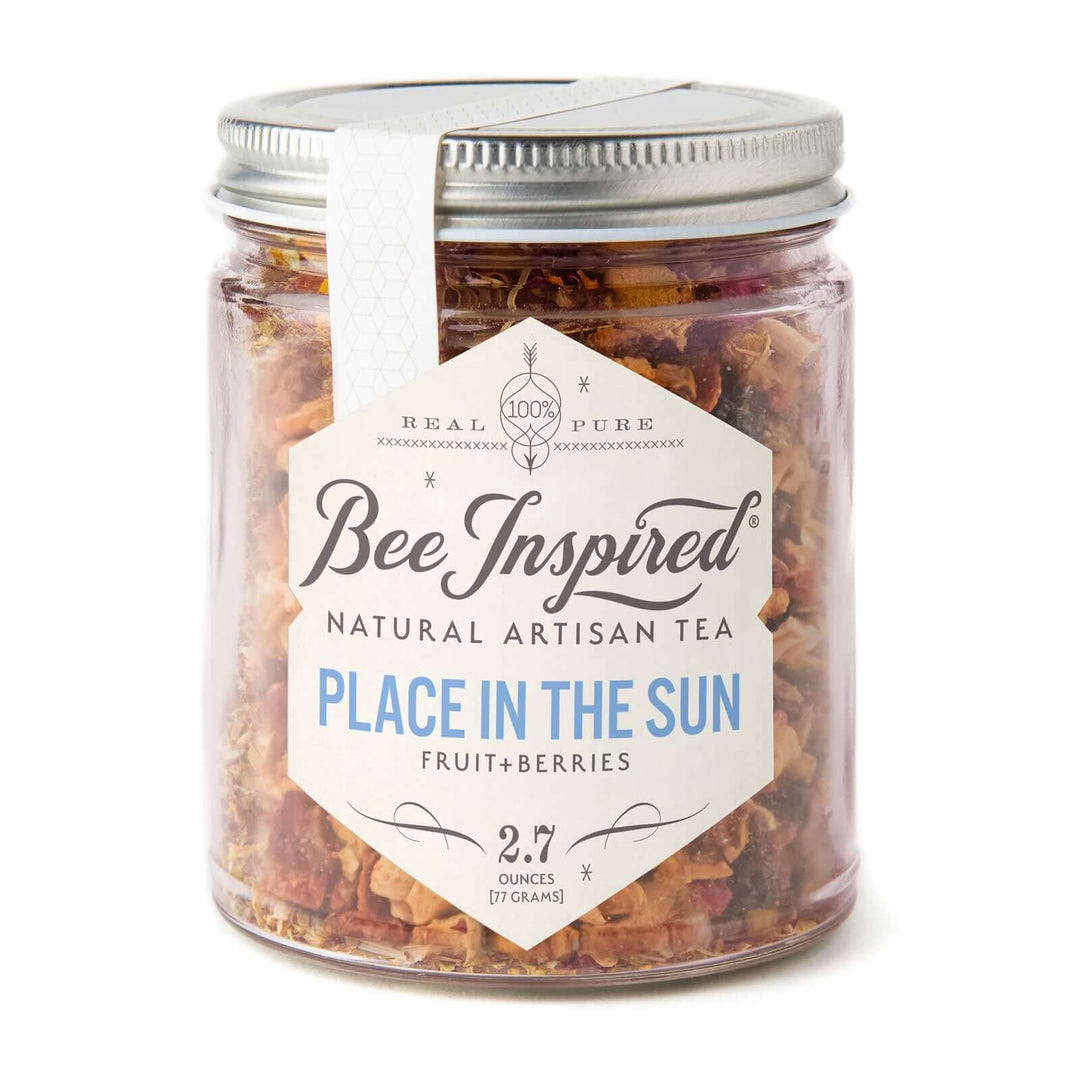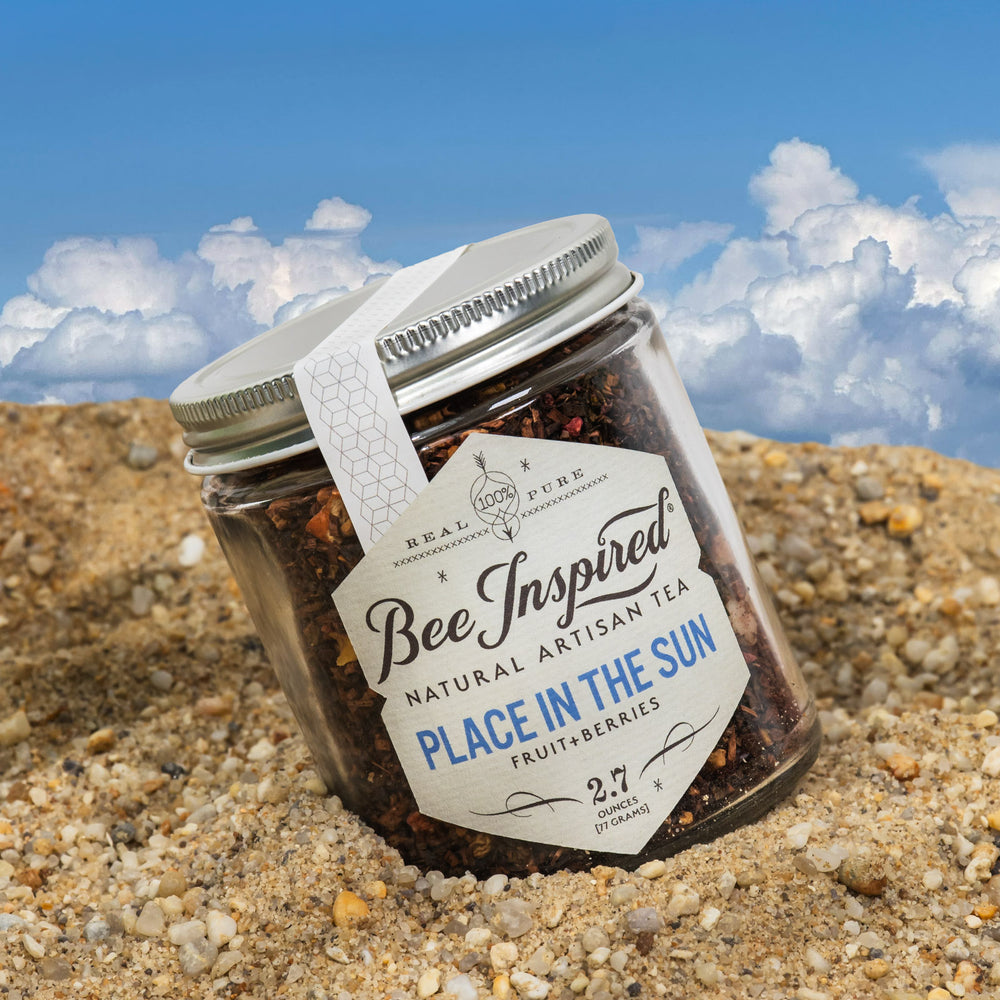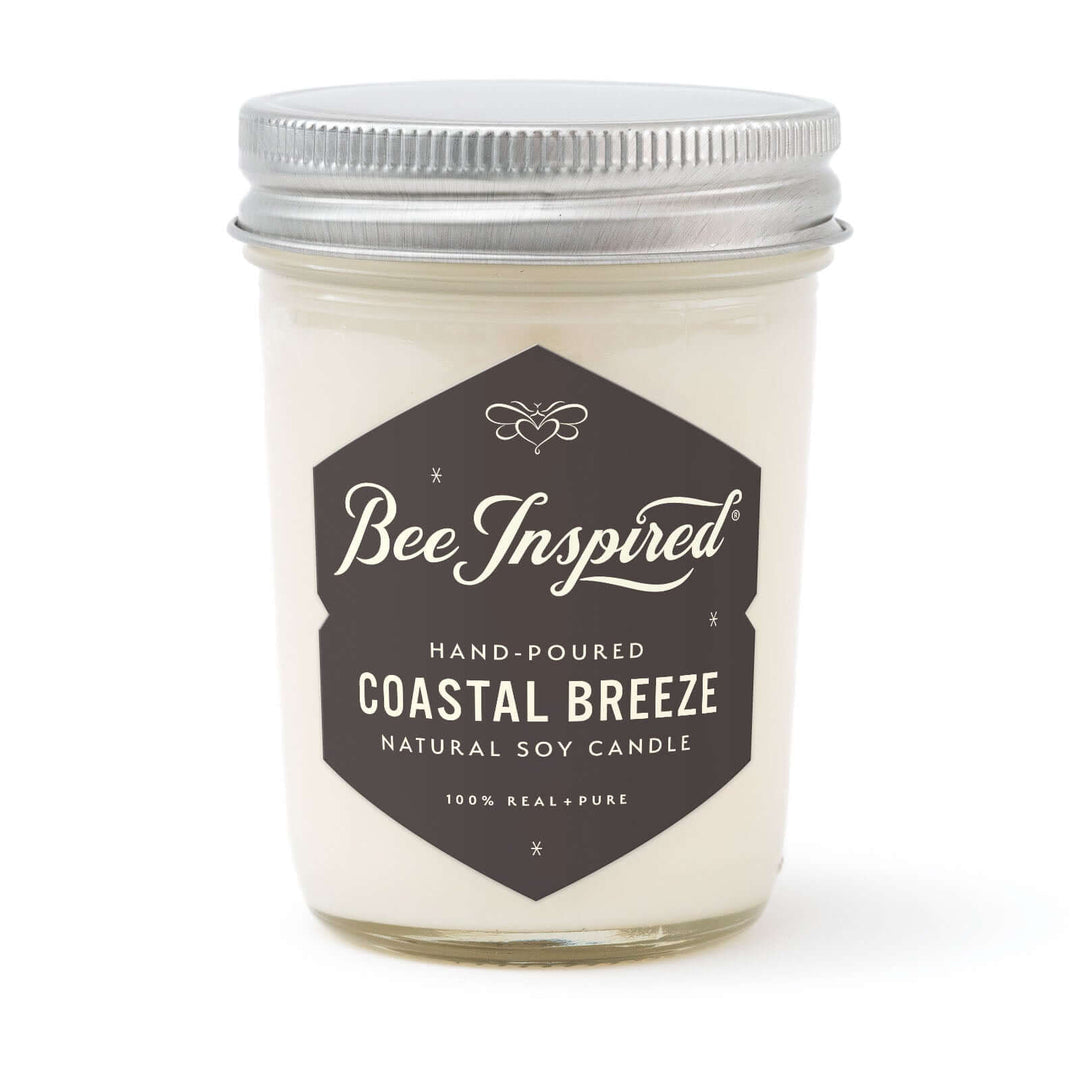I learned my honey facts by accident. It all started in the studio, where I was painting with beeswax. An idea festered for a few months before I acted on it. One day, out of the clear blue, I bought a hive and started keeping bees. The only thing I was interested in was their wax. The year was 2010 and very honestly and transparently I documented all of the early details and nonsense here in this blog. My list of honey facts quickly grew, and so did my love for these little creatures.

A couple of my fearless friends stood by and shot footage of me taking care of the bees, that's when I started my YouTube channel. There was no real method to my madness. I just felt like sharing everything I could.
My mentor, Dale Large, a sixty-plus-year beekeeping veteran took the lead in the apiary with me by his side as his loving and devoted protégé. The first day in the field, Dale shared several already drawn combs with me. He explained that this would enable the bees to start storing honey faster since they wouldn't have to put their energy into building out the comb. I explained that all I wanted was the wax, and that is when my lessons in beekeeping really started. Everything changed that day.
Honey Fact Number One
The bees store honey in the brood chamber, where they also grow family. One season we found that the bees filled the whole brood chamber to the top with honey. The bees will do this when they don't have enough room to store their honey. Lesson learned. Altogether too late.

It’s a fact that Honeybees are starving
Before commercial growth reached today's scale, bees lived off of bountiful native plants. Due to a combination of climate change and over-development, along with pesticide use, pollinator food sources are dropping. Now more than ever it's so very important to plant a pollinator garden to help to sustain the bee population.
The amount of honey the bees can produce on our farm grows annually. This is a blessing that we're thankful for: boxes filled with healthy bees and golden honey are little rays of sunshine for us.
We maintain our property especially for the bees – the land was converted from a commercial farm back into native meadows and marshland. Wild bergamot, sunflowers, rows of lavender, and swaths of milkweed fill our fields, providing food for the bees and native pollinators. Annually, we replant sections of the farm with new plant material. This ensures that there is always something blooming during the bees’ active season.

Honey is a product of its environment; it's all about the flora that surrounds the hive.
Small Batch artisanal honey boasts a unique mix of nectar from various trees and flowers in a location. Like wine reflects the complexity of the soil and weather, honey tells the story of the hive surroundings in the same way.
We covered (very deeply) our story including our early understanding of honey facts in a piece about bees and farming in our early days of blogging to give a good idea of what is growing on our farm. To supplement what nature provides, we've researched and planted acres and acres of cover crops and non-invasive plants. Farming has not been easy without chemistry. We have failed more than we have succeeded.
Our Spring Honey is nature’s blend from old apple and pear orchards, walnut and persimmon groves, and plenty of other native trees. A healthy dose of black locust adds floral body to the Honey, and tulip poplar, lavender and honeysuckle make the aroma sweet and pollen-like.

Honey is medicine
There have been countless studies on the benefits of honey on the skin. Pressure wounds, post-surgical wounds, meningococcal septicemia, burns, and more have all been treated with Honey. The power of honey as medicine has been long documented, and research continues into the possible medical uses of this gift from the bees.
Partly, Honey may have medical qualities due to its composition. Chemically speaking, it is a supersaturated solution – there is more solute (sugar) than there is solvent (water) in its composition. The lack of water – and oxygen – means that bacteria can’t survive and reproduce within Honey. There is also a minute amount of hydrogen peroxide within Honey, which is also toxic to many microbes.

Honey is a gift from nature
Whether artisan or varietal honey, we don’t believe in doing any fancy blending, colorizing or infusing of honey. Because of this, our honey is certified kosher. We also don't pasteurize our honey. Pasteurization destroys all of the pollen, enzymes, propolis, nutrients, and aromatics in honey.
At Waxing Kara, we sell only pure, raw honey. For processing, we minimally filter and lightly heat our honey: sometimes, it crystallizes before we jar it, so we must re-liquefy the honey. Our honey is as natural as the bees and nature intended.
We only work with very experienced beekeepers who follow best practices in beekeeping. We bottle, label and package by hand at our Honey House in Owings Mills, Maryland. Our honey is all 100% made in the USA.
Care of Honey
This is one of our favorite honey facts! Honey is a “perfect” food with an indefinite shelf life. Again, this goes back to its chemical makeup – with little water in its composition, there’s next to no room for bacteria to grow and spoil the Honey. Honey is also a humectant, meaning it draws water into itself to rebalance its chemical makeup. If bacteria do enter Honey, they’re rapidly dehydrated and killed.
Store Honey in its original glass, away from direct sunlight. Do not refrigerate. You can liquify crystalized honey by placing the jar in a pan of hot, but not boiling, water. Your objective is not to get the honey higher than 115 degrees so that it remains “Raw”. Let stand a few minutes and gently stir.
As a note, Honey will almost always crystalize over time – this is completely normal and should be expected. Crystalized Honey is safe to eat, and does not mean that it has spoiled.
Did you know that honeybees can carry more than their own weight in honey? That's a honey fact worth noting!
An average hive can produce up to 100 pounds of honey a year. A single pound of honey requires a colony of bees to collect nectar from just about 2 million flowers by traveling over 50K miles. This equates to the lifespan of 800 bees.
Each year, we add more plants and trees to support the bees. This is a years-long process, and each year the honey will be different. If you want to follow our progress watch the blog for articles about honey recipes the bees and farming in the beekeeping section.












